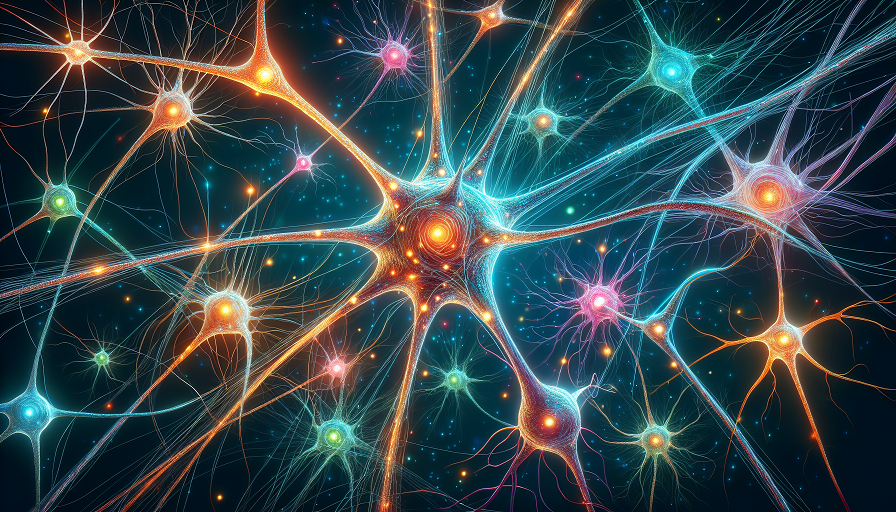
Short answer: If grounding affects brain waves, the effect is likely small and indirect – mostly through relaxation and reduced arousal. A few small studies report shifts toward calmer alpha/theta activity during or after grounding, but methods are mixed and prone to artifacts. Being outdoors, moving, and unplugging from screens may explain much of the benefit people notice.
Contents
What Do We Mean by Grounding?
Grounding (earthing) refers to direct skin contact with the Earth (bare feet on soil, sand, or grass) or using conductive mats and straps that connect your body electrically to ground via a wall outlet’s ground pin. The idea is that equalizing electrical potential with the Earth may influence physiology – lowering stress, improving sleep, or reducing inflammation. Critics point out that evidence is preliminary and often produced by advocates. Both views agree on one thing: time outside and light activity generally help people feel better, regardless of electrons.
How Could Grounding Influence Brain Waves?
- Lower arousal → more alpha/theta: If grounding reduces sympathetic tone (stress) and muscle tension, EEG could show modest increases in relaxed rhythms (alpha ≈8–12 Hz; theta ≈4–7 Hz), similar to meditation or quiet rest.
- Skin conductance and HRV: Some reports find lower skin conductance (sweat) and higher heart-rate variability during grounding. Those changes usually track with a calmer EEG profile.
- Inflammation and sleep: If earthing improves sleep quality in some individuals, daytime EEG may shift toward steadier attention patterns indirectly via better recovery.
What the Research Shows (and Why to Be Skeptical)
Small crossover trials and case series have described EEG changes during grounded vs. sham sessions, often noting increased alpha or reduced high-beta (tension) activity. However, many of these studies are limited by tiny samples, unblinded conditions, proprietary equipment, and insufficient control for movement or environment. Few independent labs have replicated the findings at scale.
Key caveat: Grounding creates an electrical path to Earth. EEG is measured in microvolts. If the recording setup, reference electrodes, or building wiring are not handled carefully, the “effect” could be an artifact – a change in baseline noise, mains interference, or reference potential – rather than a true neural shift. High-quality EEG studies minimize this with differential amplifiers, proper shielding, and sham-grounding conditions indistinguishable to participants.
Confounders That Mimic an EEG Shift
- Being outdoors: Natural light, fresh air, and a wider visual field reduce mental load and often increase alpha independent of grounding.
- Movement: Slow walking barefoot changes respiration and posture, relaxing neck and scalp muscles that otherwise contaminate EEG with tension (EMG).
- Expectation effects: If a participant believes grounding is calming, placebo responses can lower arousal markers and nudge EEG toward a relaxed pattern.
- Screen break: Stepping away from bright, high-contrast displays – and blue-rich light – reduces cortical drive and eyestrain, increasing perceived calm.
How to Experiment Practically (Without Magical Thinking)
- Choose a safe surface: Grass, sand, or soil without sharp objects, pesticides, or animal waste. Avoid wet areas during thunderstorms (electrical risk).
- Start simple: 10–20 minutes of barefoot standing or slow walking, morning or late afternoon. Pay attention to breath and posture rather than forcing a result.
- Keep other variables steady: No phone, low conversation, similar time of day. If you track sleep or stress (subjective ratings, HRV), note changes over one to two weeks.
- Consider a sham comparison: On alternate days, do the same routine in shoes on the same surface. If you feel the same, the benefit may be from the routine itself, not grounding per se.
- Indoors mats/straps: If you try a product, follow safety instructions exactly and verify that the outlet’s ground is functional. Stop if you notice tingling, interference with electronics, or sleep disruption.
Who Should Be Cautious?
- People with neuropathy or poor foot sensation (injury risk on rough surfaces).
- Those with implanted electronic devices (discuss with a clinician before using conductive products).
- Anyone in areas with lightning risk or questionable soil/water quality.
- Individuals with skin conditions that worsen with moisture or contact irritants.
Bottom Line
Claims that grounding dramatically reshapes brain waves are ahead of the evidence. Modest shifts toward a calmer EEG are plausible – mainly by reducing stress and muscle tension – but rigorous, artifact-proof studies are scarce. If you enjoy barefoot time on safe ground and it helps you unwind, it’s a low-cost practice to include alongside proven brain-health pillars: sleep, exercise, daylight, nutrient-dense food, and regular cognitive challenges.

